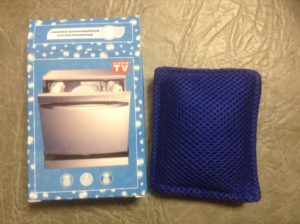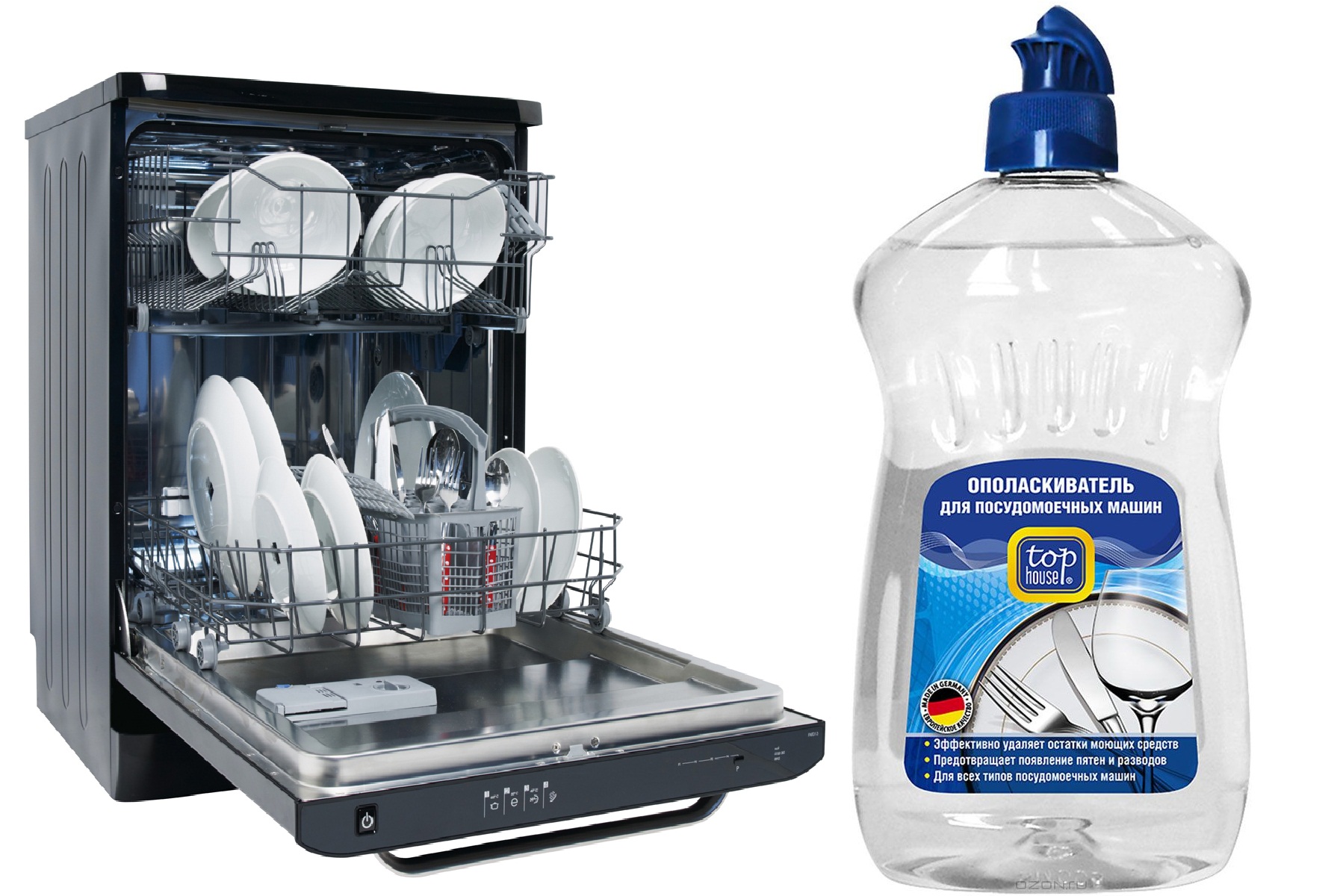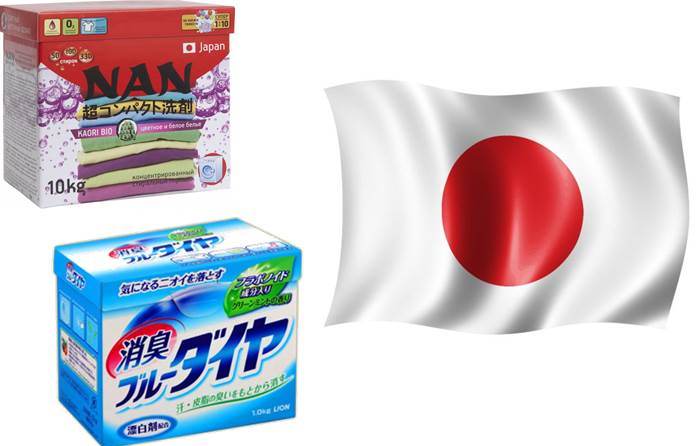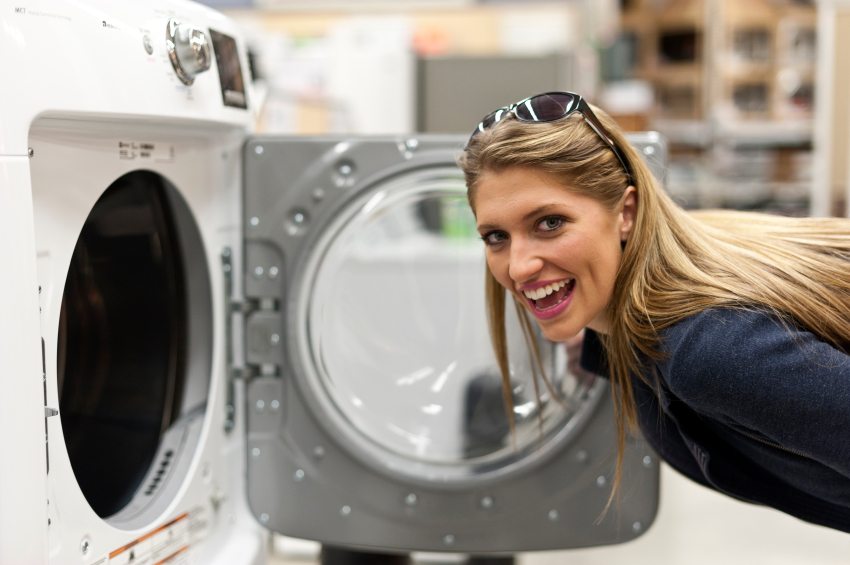Review and reviews of nanobag for dishwasher
 A nanobag for a dishwasher is a unique, completely new device, which, according to the sellers, should greatly facilitate the use of the dishwasher, and most importantly, reduce the cost of its operation. We are not used to blindly trusting advertising slogans, so in this article we will look at what a nanobag for a dishwasher is, how to use it, and also look at consumer reviews of this new product. We hope this information will be useful to you.
A nanobag for a dishwasher is a unique, completely new device, which, according to the sellers, should greatly facilitate the use of the dishwasher, and most importantly, reduce the cost of its operation. We are not used to blindly trusting advertising slogans, so in this article we will look at what a nanobag for a dishwasher is, how to use it, and also look at consumer reviews of this new product. We hope this information will be useful to you.
Why do you need a nanobag?
First, let's define the question, what is a nanobag? Personally, this name didn’t mean anything to us when we heard it for the first time. The nanobag is a substitute for detergents and rinse aid for the dishwasher. If you dig deeper, this is a complete analogue laundry balls based on tourmaline, because inside the nanobag is hidden a secret in the form of those same balls of tourmaline and other minerals.
Literally, a nanobag is a small pad made of porous material, stuffed with small mineral balls. The task of these balls is to ionize the water pumped into the dishwasher, from which this water becomes very active and begins to destroy any dirt and grease, removing it all from the dishes. As a result, according to the manufacturers, you get the same clean dishes as if you washed them in the dishwasher using tablets, powder and rinse aid.
Note! The manufacturer claims that one nanobag is enough for 1000 dishwashing cycles.
How to use a nanobag correctly?
The nanopouch for the dishwasher is sold in its original packaging and wrapped in plastic film. Before you start washing dishes on any program, you:
- open the package (meaning the box);

- release the bag from polyethylene;
- put it in any dishwasher basket (either upper or lower);
- close the door and start the washing program.
We emphasize that, according to the manufacturer, you do not need to put any detergents or rinse aid in the dishwasher except the nanobag. Firstly, this is not necessary, and secondly, the chemicals contained in detergents will certainly damage the contents of the nanobag, and it will lose its properties.
After the dishwasher has completed the dishwashing cycle, the nanobag must be removed and placed in the sun to dry. That's what science is all about.
In order for the nanobag to act more efficiently, it is necessary to select washing modes at a temperature of at least 60 0C, preferably 70 and above.
How do people respond to these products?
As part of this paragraph, we have provided truthful reviews from people who have already tested nanobags in practice. These are the reviews.
Sofia, Moscow
I bought this bag with a friend for company on one of the selling sites. The purchase cost me $1, so I didn’t think twice about it. As soon as it was delivered to us, we immediately tested it on the dirtiest dishes. I wasn’t shy and put a greasy frying pan, goulash plates and other heavily soiled dishes in the dishwasher, and placed a nanobag next to it. I started the washing program for 1 hour 20 minutes at a temperature of 70 0S. The dishes washed surprisingly well. The dirt even came off the frying pans, but a white coating remained on all the dishes.
I asked my friend, she also said that the dishes were washed, but not perfectly, not like with rinse aid. There were stains on the glasses. The next day we agreed to conduct an experiment, my friend at home, and I at mine. First we washed the dishes at a temperature of 70 0Just like that, without a miracle bag, and the second time with a bag - no difference. I don’t know what experience other people have had with using “nanotechnology” (we found positive reviews online), but my friend and I think that this is a complete scam. With a clear conscience, we give the nanobag a rating of 2 - it has been tested in practice.
Ekaterina, Klim
As soon as I found out about the appearance of the nanobag, I immediately bought it. Of course, only $1 per 1000 dishwashes. For 1000 washes, I will waste kilograms of powder and liters of rinse aid, spending a lot of money on them, but here I get almost free use of the dishwasher. I’ve been using the bag for six months now, I bought the same one for my mother, the reviews from me and my mother are the most positive, we recommend it to everyone.
For your information! Nanopouches sold in Europe and the USA cost no less than $50. Sometimes they are sold for an average of $1-2 - the price gives rise to certain thoughts.
Irina, Kaliningrad
I brought my first nanobag for the dishwasher a year and a half ago from Germany. I bought it there for 40 Euros. I used it for a long time and couldn’t be happier – the dishes really sparkled with cleanliness, just like in the advertisement. It wasn’t enough for 1000 washes, that’s for sure, but maybe 600-650, then the quality of the wash began to deteriorate sharply, and I just threw away the old bag and bought a new one in a store in Kaliningrad for $1. I was surprised that he doesn’t wash the dishes at all, the quality of washing is as if you were washing the dishes with just water and salt. The conclusion is this: nanobags made in Germany more or less work, but analogues sold in Russia do not work, it is better not to buy them at all - a waste of money.
Natalya, Moscow
I was led by the laudatory reviews of my friends and relatives and bought a nanobag. In short, this is bullshit, bullshit, it doesn’t wash anything, the dishes come out semi-dirty, covered in spots and stains. Unfortunately, nothing better than powders and tablets for dishwashers has yet been invented. And this attempt should be considered unsuccessful.
To summarize, we note nanobags for dishwashers - this is one of the attempts to reduce the cost of operating a dishwasher and make it safer and more environmentally friendly. In fact, and this is confirmed by user reviews, this attempt was unsuccessful, at least when it comes to these products sold in Russia.
Interesting:
Reader comments
- Share your opinion - leave a comment





















Add a comment